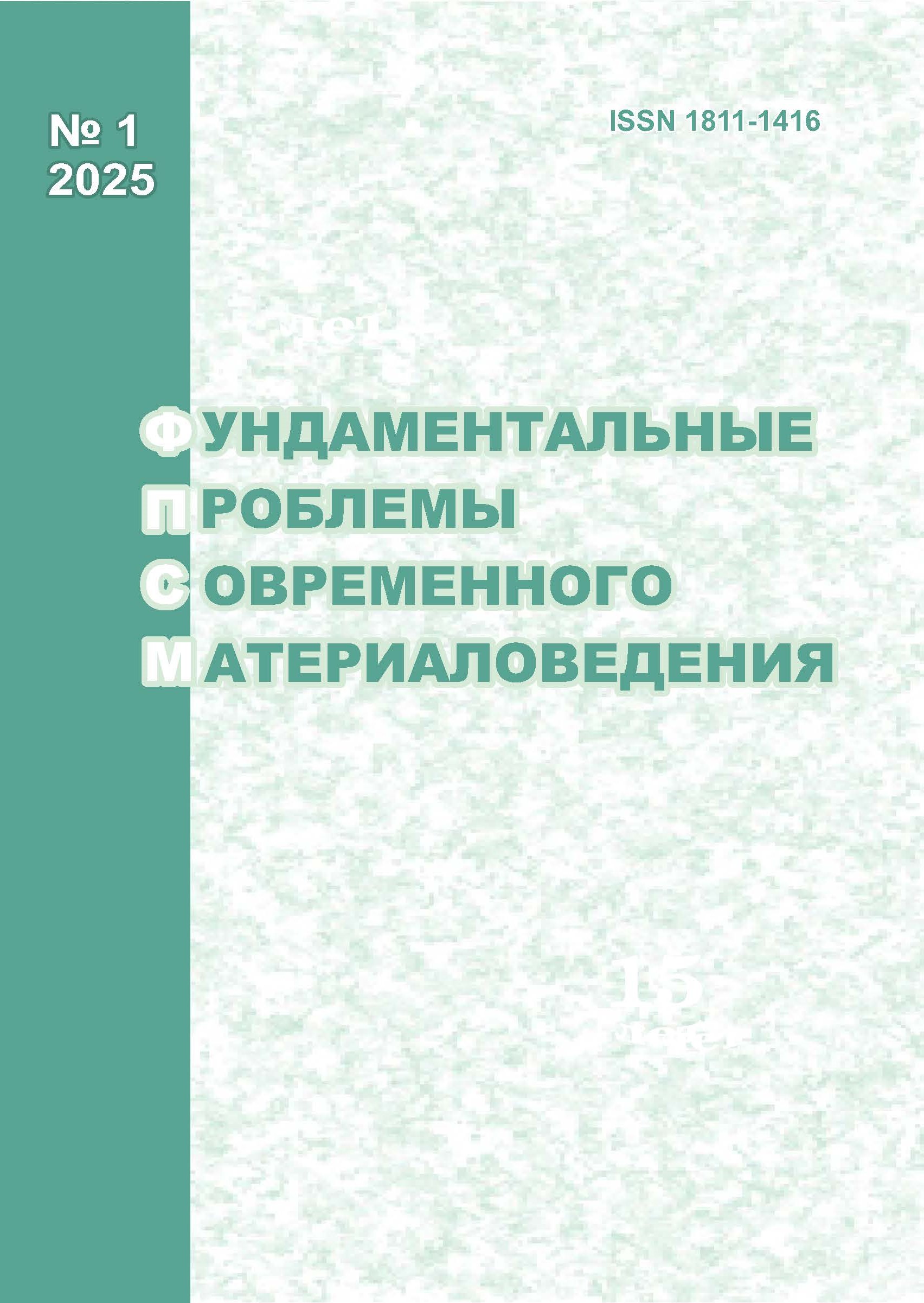APPLICATION OF FAST JOULE HEATING FOR SYNTHESIS OF CARBON NANOFILMS
10.25712/ASTU.1811-1416.2025.01.010
Keywords:
carbon nanofilms, plasma deposition, fast Joule heating, graphene nanoflakes, Raman spectroscopy, Lotus ef-fectAbstract
The paper presents a two-step synthesis of carbon nanofilms containing graphene flakes in their structure. In the first stage, amorphous a-C:H films were obtained in low-temperature plasma deposition of methane on Si/SiO2 substrates. Fast Joule heating of the samples was carried out by electric discharge of 180 mF capacitors charged to a voltage of 100 to 300 V. The studies involved the methods of Raman spectroscopy, scanning electron microscopy, X-ray energy-dispersive spectroscopy and current-voltage characteristics. It was found that heating leads to a significant increase in electrical conductivity and an increase in the hydrophobicity of the material. The maximum results were obtained when discharging a capacitor block charged to a voltage of 160 V. Also, at this discharge voltage, a high degree of structural ordering of carbon films is observed in relation to samples obtained with other parameters of fast Joule heating. The obtained results are explained by the transition of the initial amorphous carbon film into a crystalline structure with a predominance of sp2-hybridized bonds, which has low electrical resistance. The reason for the emergence of water-repellent properties may be the "lotus effect" caused by the formation of spherical particles up to 1 μm in size and their conglomerates on the surface of the film.











 Journal «Fundamental’nye problemy sovremennogo materialovedenia / Basic Problems of Material Science»
Journal «Fundamental’nye problemy sovremennogo materialovedenia / Basic Problems of Material Science» This work is licensed under a
This work is licensed under a 
